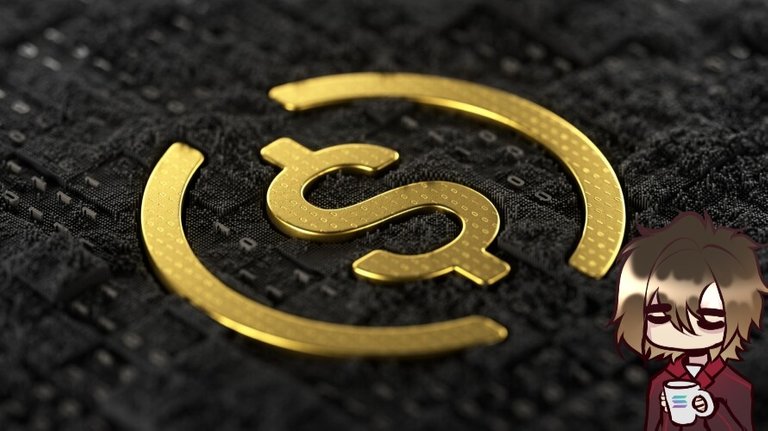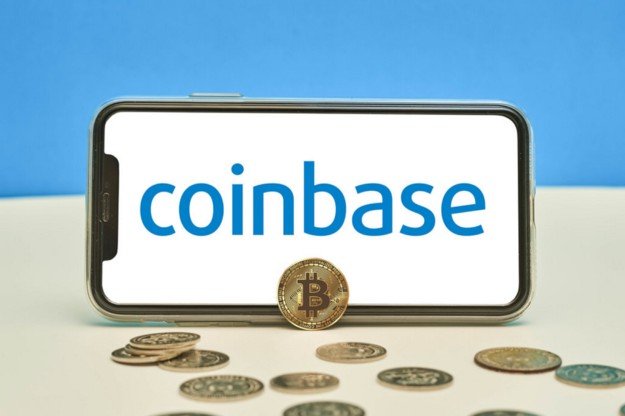We've already taken several dives into stablecoins backed by the dollar or using some method of staying dollar-pegged. Coinbase is one of the largest exchanges in crypto, and they have backed a stablecoin that is keeping a dollar peg through them. How strong is it and can it be more trusted than its biggest competitor, Tether?

Background
The coin was created as a ERC-20 token by CENTRE, a technology organization which was made to support and govern the stablecoin by Coinbase & Circle. The coin was initially available and still is the standard at Coinbase for its users. After it was released (fairly recently) in 2018 the coin stayed fairly stable and was soon picked up by most exchanges. Later in 2020 Centre began development to allow multi-chain support outside the Ethereum ecosystem for the coin, the first blockchain to receive USDC was Algorand in late 2020. Today the coin can be acquired on ETH, ALGO, SOL, TRON & HBAR blockchains.
A big change that took place very recently, on August 27th, 2021, USDC was upgraded to USDC2.0. That upgrade allows users to pay for gas fees with the coin instead of the network equivalent. This means that you don't need to hold any ETH in your wallet to transfer USDC to or from the wallet. This is an immense quality of life improvement, especially for retail or inexperienced investors as using wallets and working with gas can be a pain.

Network
CENTRE hosts development on the coin and any changes come directly from them. The coin itself is fairly simple, coins are created/burned depending on supply vs. demand on a smart contract basis on ERC-20 (or the blockchain equivalent that you are using it on). The value peg comes from a reserve that is held by Coinbase & Circle. This idea is not unique and is done by almost all centralized stablecoins. However, this method can cause the price to fluctuate depending on how many coins are being bought or sold at any given time, depending on how well the smart contracts are set up, this can be considerable. Luckily USDC have been stable, take a look at the price of USDC vs. USDT and see that Tether has had a more shaky timeline. Since 2020 began, both coins have been very stable.
The smart contracts that the coin is built without consensus, they are controlled by CENTRE with a built-in freeze functions which allows CENTRE (by order of Coinbase or Circle) to freeze any USDC wallet address. This can be bring an immediate risk as any USDC provided as collateral can render the collateralised asset valueless, such as DAI. As alarming as this sounds, this is no different that what Tether can do or any other stablecoin that lacks consensus or decentralization.

Use cases
The main use case for this coin is using it for trading or comparing prices. The main benefit that a crypto equivalent to the USD has, is that crypto is already on-chain or in a network which allows it to be immediately traded. Stablecoins also has multiple use cases when it comes to lending as it is tied directly to a fiat currency, this often results in services where investors/holders of the coin can put them up for lending or investment through different platforms, they usually get a good return on this in APY. USDC can't be staked, but sites tend to use that word to easier describe the process, you're more accurately lending out the coin fully rather than locking it up for network security or block verification.
Today
This coin has a better reputation than Tether as the corporations behind it has a better reflected opinion from the general market. It effectively functions the same as most other stablecoins (apart from the recent change to pay gas fees), other than Coinbase is generally liked. This coin's fiat backing has been verified in its transparency reports, USDC is currently backed by at least or more of its value in USD reserve.
A good reputation with verification that your USDC is indeed backed by a hard fiat makes this a generally safer bet on paper for trading, even tho some smaller exchanges or wallets aren't using it.